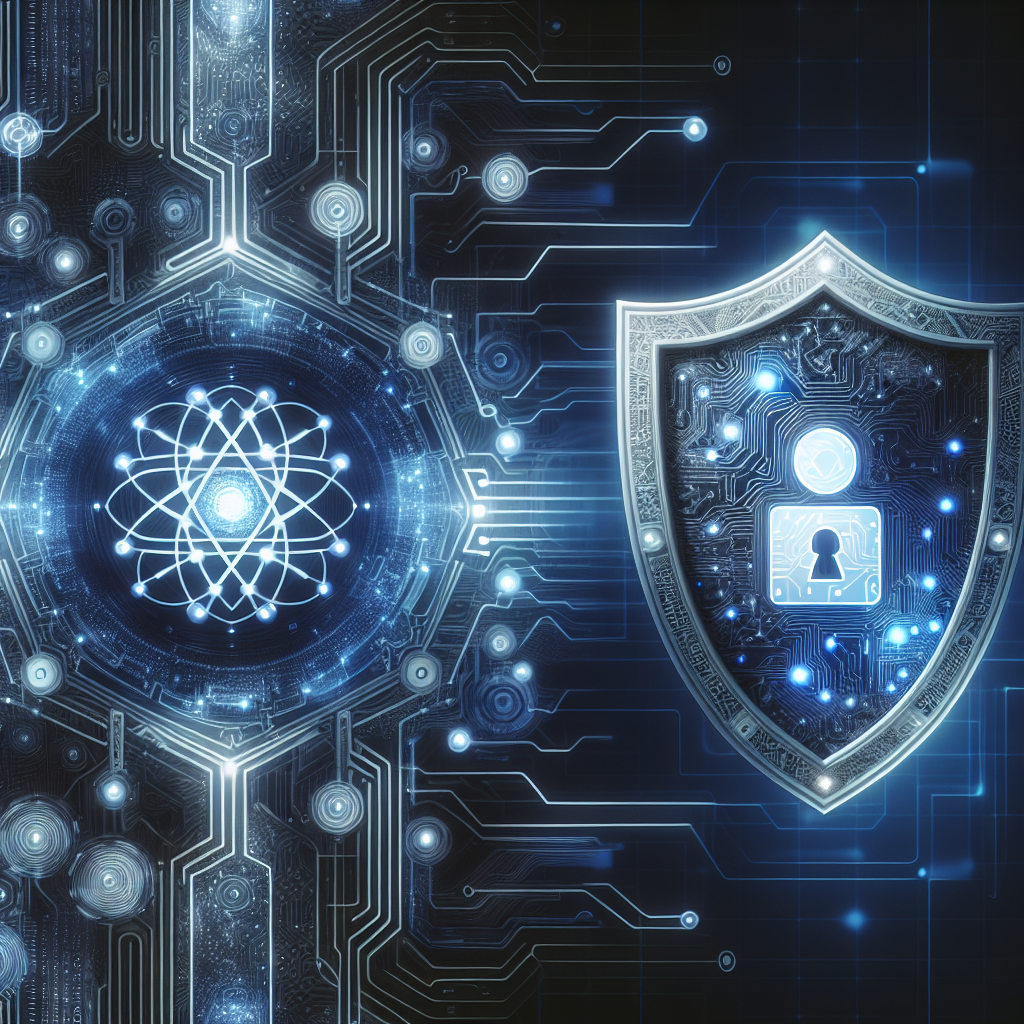In today’s digital age, cybersecurity is more important than ever. With the rise of cyberattacks and data breaches, companies are constantly looking for ways to protect their sensitive information and prevent unauthorized access to their systems. One technology that is revolutionizing the field of cybersecurity is artificial intelligence (AI).
AI has the potential to transform cybersecurity by enabling organizations to be more proactive in their approach to threat detection and response. By harnessing the power of AI, companies can stay one step ahead of cybercriminals and protect their valuable data from being compromised.
One of the key benefits of using AI for cybersecurity is its ability to analyze vast amounts of data in real-time. Traditional cybersecurity tools rely on rules-based systems that are limited in their ability to detect new and evolving threats. AI, on the other hand, uses machine learning algorithms to continuously analyze data and identify patterns that may indicate a potential security threat.
By leveraging AI-powered tools, organizations can detect and respond to cyber threats more quickly and effectively. For example, AI can be used to monitor network traffic and identify suspicious activity that may indicate a cyberattack. AI can also be used to analyze user behavior and detect anomalies that may indicate a compromised account.
Another benefit of using AI for cybersecurity is its ability to automate routine tasks and processes. This can help organizations streamline their security operations and free up their security teams to focus on more strategic tasks. For example, AI-powered tools can automatically patch vulnerabilities, detect and respond to malware, and block malicious traffic in real-time.
In addition to threat detection and response, AI can also be used for predictive analytics in cybersecurity. By analyzing historical data and identifying trends, AI can help organizations anticipate potential security threats and take proactive measures to prevent them. For example, AI can be used to predict when a particular system or application is likely to be targeted by cybercriminals, allowing organizations to strengthen their defenses before an attack occurs.
Overall, harnessing the power of AI for cybersecurity can help organizations stay ahead of cyber threats and protect their valuable data from being compromised. By leveraging AI-powered tools and technologies, companies can improve their security posture, reduce the risk of data breaches, and ensure the integrity of their systems and networks.
FAQs:
Q: How does AI help in detecting cyber threats?
A: AI uses machine learning algorithms to continuously analyze data and identify patterns that may indicate a potential security threat. By analyzing vast amounts of data in real-time, AI-powered tools can detect and respond to cyber threats more quickly and effectively than traditional cybersecurity tools.
Q: Can AI automate routine security tasks?
A: Yes, AI can automate routine tasks and processes in cybersecurity, such as patching vulnerabilities, detecting and responding to malware, and blocking malicious traffic in real-time. This can help organizations streamline their security operations and free up their security teams to focus on more strategic tasks.
Q: How can AI be used for predictive analytics in cybersecurity?
A: AI can be used for predictive analytics in cybersecurity by analyzing historical data and identifying trends that may indicate potential security threats. By anticipating these threats, organizations can take proactive measures to prevent them and strengthen their defenses before an attack occurs.

